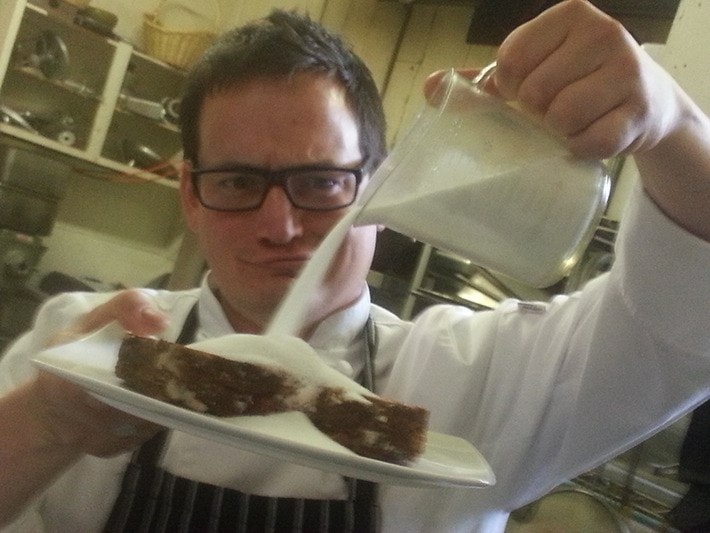By Jamie Hertz
Okay so I am going to get a bit “techy” on you this week with a subject that can be talked about for hours on end.
Sodium Chloride, better known as salt, is one of the most important parts of our diets. It enhances flavours, balances our body’s metabolism, and can preserve fish, meats and our beloved pickled vegetables for many months.
That being said, there is also a lot of controversy over salt and its benefits to us The marketing that major companies have done to increase the value of certain salts like sea salt or exotic salts from around the world such as Himalayan or Hawaiian has hindered many of our opinions.
Bottom line is, salt is salt is salt and that’s the simplest way to put it. For salt to be classified and labeled as food grade salt, legally it has to be 97.5 per cent sodium chloride. So, salts that have any special ingredients like red salts, algae salts and black Hawaiian salts have less than two per cent of the healthy ingredients in them, which means you have to eat two table spoons or 30 grams of salt to get the equivalent value of iron that is in a single grape.
Further more you would have to eat two pounds of salt to get all the nutritional value of those fancy ingredient salts, which would virtually kill you. For those of you afraid of iodine or iodized salt, you would have to eat so much salt in one sitting for it to have even the smallest affect on you.
I am not saying don’t buy those salts that are priced at $30 per pound, but you could help your wallet out by buying the salts that are 30 cents a pound and adding the special ingredients separately on your own.
When you buy salt you should be focused on the application more than the nutritional facts. Bare with me here, my explanation could get a little bumpy: Different salts are produced for different applications so that the salt has the most positive effect for its purpose. For example, you wouldn’t use table salt to rim your margarita glass because the liquid would dissolve the salt before you had a chance to enjoy your drink. Instead, you use rock salt so that it can sustain the liquids. But when you are seasoning a meal such as pasta, you don’t want to trade your table salt for rock salt because it would make your dinner virtually inedible.
I have heard other people say to me that this flaked sea salt tastes better than fine table salt so it is worth the money. In actual fact, fine salt coats the tongue more evenly making the salt flavour more balanced, while the flaked sea salt is condensed and your taste buds only make you think it tastes better because you are getting random bursts of salt as you crush it between your teeth. If you were to take that fancy flaked salt and grind it fine you would not be able to tell the difference.
This brings me to kosher salt, which should actually be called Koshering salt. The only thing that is different about kosher salt is the size of crystals of the sodium chloride and the rabbinical supervision of its manufacturer. Koshering salt should be larger in form so that it can adhere to meats and fish during the curing process and last a long time during this process.
Another fact a lot of people don’t know is that all salt on earth can be classified as sea salt. At one point or another salt was sea salt, it may have been millions of years since it had any contact with water but this could alter the way you look at the salt on your shelves.
A lot of major salt refiners actually take salt from the same deposits and call half the bin sea salt and the other regular salt. It is all in the marketing and how much we, the consumer are willing to pay. So as long as there is a market that is willing to pay $30 per pound for basically the same salt that is 30 cents per pound, they will continue to sucker us in.
